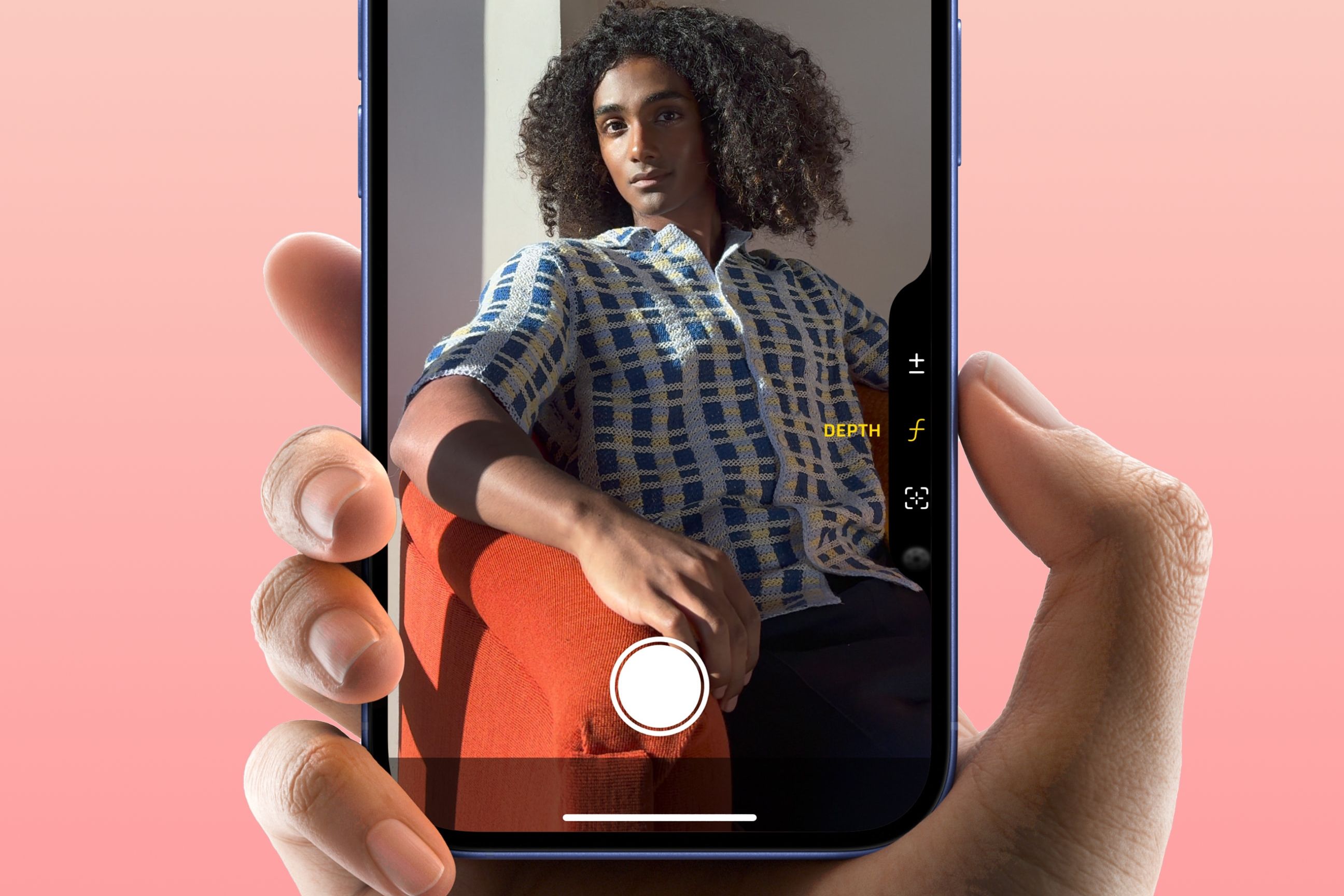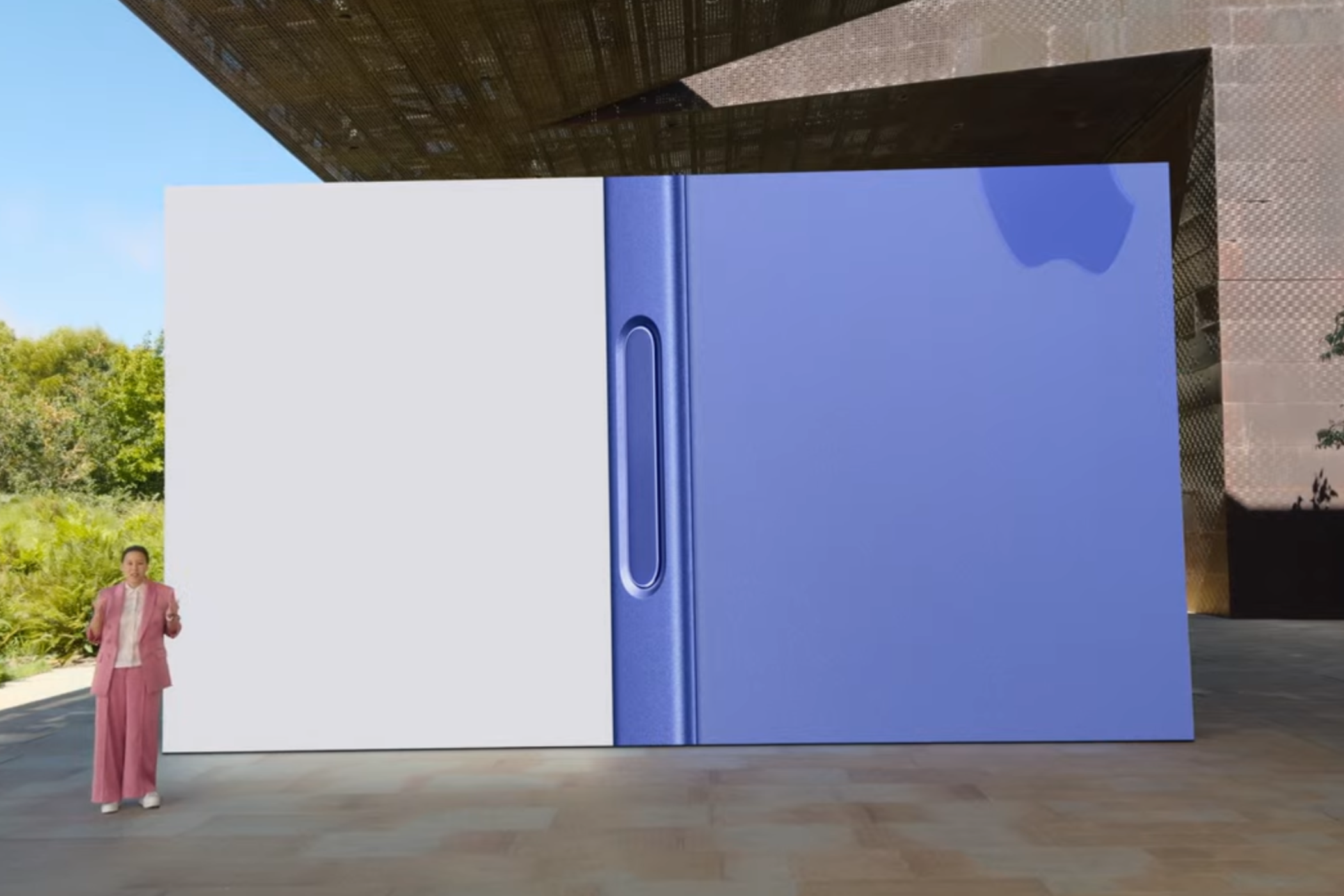Key Takeaways
- The Camera Control button on the iPhone 16 Pro (and iPhone 16) offers quick, efficient access to capture fleeting moments like a quick-draw gunslinger.
- The button also has potential for non-camera uses, like scrolling through apps, dismissing notifications, or enhancing gaming experiences.
- Apple should explore expanding the button’s capabilities through software implementation for improved user experience and innovation.
Yearly smartphone refreshes are now centered around the endless camera quality race. It’s an exciting prospect for both professional and pocket photographers, but as I’m neither of those, I’ve become tired of the trend. Little did I expect that the iPhone 16 Pro’s Camera Control button would change my mind.
Why I Wasn’t Excited About Camera Control
Adding a new button to the iPhone is a big statement as it signals Apple is committed to keeping the feature around for many design iterations to come. Camera Control doubles down on this commitment as it all but requires that future iPhones that include the button also have flat edges to accommodate it.
It’s for this reason that my initial reaction to Camera Control was muted. I’m already on the record for wanting Apple to return to its era of boundary-pushing innovation—something that absolutely extends to the company’s over-reliance on annual iPhone camera upgrades as selling points—so it was disheartening when the big iPhone 16 feature was a new camera button that reaffirmed its dedication to photography.
This is compounded by the fact that the Action button introduced last year was already capable of being a camera button. Since I always keep my phone on silent mode, I immediately changed the mute switch replacement to open the Camera on my iPhone 15 Pro Max.
It was always unwieldy to use in this fashion, which led me to barely use my Action button at all, instead opting to continue opening the camera by swiping left on the lock screen, something which itself can result in its fair share of fumbling.
My immediate assumption was that Camera Control would prolong the camera access woes that led me to miss capturing many “blink and you miss it” moments. Apple also initially showcased the feature in a way that screamed “not for me” with the suite of photo-altering options available through the button.
Most of these are features I simply don’t have the know-how to mess with like brightness, depth, and tone. Apple could do this by including an interactive tutorial for laymen to explain these features in full.
I’ve long pondered the possibility of a scroll bar on the side of an iPhone given the numerous times such a feature has been speculated about in the iPhone rumor mill. Camera Control could be this, but Apple wasn’t offering up APIs to developers to use it in this way or doing so itself. While I understand why they haven’t done this with the button’s first implementation, it still felt like wasted potential.
Regardless, I’m an annual iPhone upgrader who was going to end up with an iPhone 16 Pro Max despite its lack of features that initially compelled me beyond 25W wireless charging (which I’ve since tested to underwhelming results).
I was always going to Camera Control a fair shake because it’s not like I wasn’t going to press that shiny new button.
Using Camera Control Was a Light Bulb Moment
My first few days with Camera Control had me largely forgetting about it. Accessing the iPhone camera through the lock screen was an ingrained habit so it simply didn’t strike me to use it.
This all changed when I was at a dog park with my girlfriend and her dog. As you can see in the photos above, the dog (who is usually timid about exploring dog parks) unprecedentedly jumped up on a rock and briefly looked at me. Given the number of stimuli vying for her attention, you can imagine I had mere seconds to capture this.
Luckily, at that moment, my thumb was already naturally resting on the Camera Control button, sparking the idea to use it.
With three quick clicks—one to take the phone out of standby mode (Apple should perhaps remove this step), one to open the camera, and one to snap a pic—I had that memory saved. This left me with a few seconds to zoom in by sliding my finger up the button, by which point she was already looking away. Any other method of accessing the iPhone’s camera would’ve resulted in missing the shot of her looking at me that I wanted.
This was enough to get me excited about the potential of taking photos with my iPhone more than at any other point in my 16 years of owning these devices.
I came to the instant realization that Camera Control offered me a greater chance of capturing fleeting moments than ever before. It felt like being a quick draw gunslinger in a Western film, only I was surrounded by dogs which is way better.
Further, the quickness with which I could pull up the camera via Camera Control—either from standby mode or while the phone was in active use—meant that in the time I would normally spend readying a shot with older camera access methods, I could adjust my camera for a second shot.
It’s also perfectly viable to use your fingers to adjust the zoom with pinch gestures while simultaneously snapping with the tactile button, which is as satisfying as it is efficient.
Even more importantly, Camera Control now has me more interested than ever in learning about the photographic possibilities in Apple’s Camera app. I noted earlier that Apple should create a tutorial for complete photography newcomers because it’s something I’d love to learn from. By teaching iPhone owners about what their expensive cameras are capable of, Apple could make camera upgrades exciting again.
The Camera Control Button Has Non-Camera Possibilities, Too
Apple could cement my love for the Camera Control button by allowing developers, both internal and external, to utilize its scrolling capabilities beyond the confines of the Camera app.
At a base level, I’d love to scrub through Safari, text messages, my photo library, and more by sliding a finger along the button. It’s inherently ergonomic because no matter how I’m holding my iPhone, I always have a finger naturally resting on it.
I understand why Apple wouldn’t want to do this now as people are acclimating to the new button’s core use, but there’s no reason why by this time next year its potential in other apps can’t be explored.
I’d love to use the touch sensor to scroll through books in e-reader apps and scrub through YouTube videos with minute precision. Another possible use-case at the OS level could be swiping up on the button to dismiss notifications and calls; swiping down could engage them.
There’s also an opportunity to use the button to control mobile games. While not identical in functionality, I see it along similar lines to the Playdate’s side-mounted crank which many games on that niche handheld console are built around.
Perhaps it could be used to change firing modes in a shoot ‘em up-style game while your other hand focuses on dodging maniacal bullet patterns, or to adjust an in-game camera much like you would the iPhone’s. This could give the iPhone a unique angle to gaming once again, an edge it’s largely lost since the pre-free-to-play era.
I imagine in the months and years to come that my relationship with the Camera Control button will continue to evolve as I’m now a believer in the role it will continue to play in the iPhone’s future. Apple just needs to allow the button to evolve through its implementation in software as well.
If the company capitalizes on the fancy technology it’s introduced to iPhones, the way we use them could radically change for the better in the years to come.




